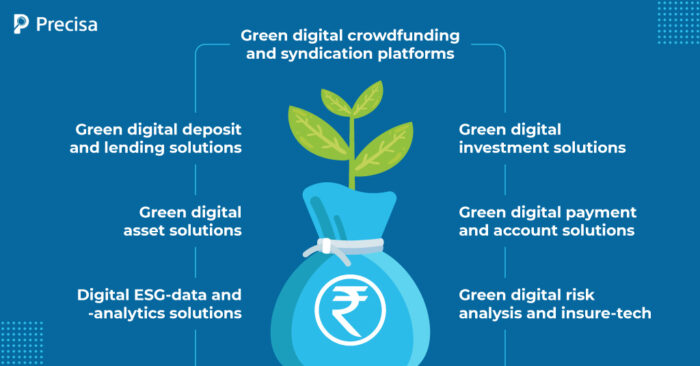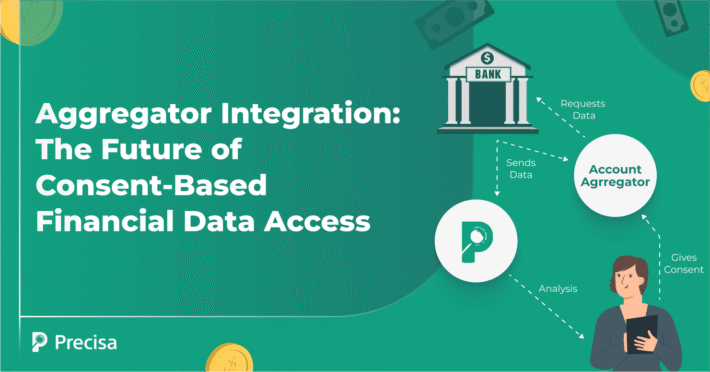What Does the World’s First Green Fintech Taxonomy Mean for Us?

With support from the Swiss State Secretariat for International Finance (SIF), the Green Digital Finance Alliance and the Swiss Green Fintech Network have released the final edition of the world’s first green Fintech classification/taxonomy.
The primary goal of the Green Fintech Taxonomy is to nurture and promote the green fintech sector by allowing policymakers, investors, and markets to assess green fintech consistently.
Experts believe the moment is right to develop a green fintech taxonomy, particularly after last year’s fintech market evolution, which saw a new wave of green fintech solutions emerge. So what does green fintech taxonomy mean to us? Read on to learn more.
Green Fintech Taxonomy: Why is it Essential?
Never has the world been in a more dire condition environmentally than it is in the 21st Century. If money is an enabler of the economy, then mitigating climate change is an enabler of humanity!
It goes without saying, economies without climate-forward agendas cannot progress anymore. For instance, the E7 economies are now insufficient in providing financial resources to assure cash for energy efficiency procurement.
The key impediments include COVID-19 crises, a lack of economic resilience, terrible budgetary loads, and restrictive monetary conditions in the E7 nations.
To deal with such problems, the green fintech taxonomy solutions have been designed to align better with the financial system and the behaviours of its actors with green objectives.
The green fintech taxonomy’s purpose is to help the green fintech business develop and grow by providing a standardised way for policymakers, investors, and market participants to evaluate green fintechs.
These solutions open up new and more advanced green finance opportunities or better connect existing financial and capital flows with green goals.
Categories of Green Fintech
The green fintech taxonomy includes the following seven green fintech categories:
- Digital ESG-data and -analytics solutions
- Green digital asset solutions
- Green digital crowdfunding and syndication platforms
- Green digital deposit and lending solutions
- Green digital investment solutions
- Green digital payment and account solutions
- Green digital risk analysis and insure-tech
What is Green Finance?
Green finance is any structured financial activity that is designed to have a positive impact on the environment.
The goal of green finance is to enhance the amount of money flowing into sustainable development goals from the governmental, private, and non-profit sectors (via banking, microcredit, insurance, and investment).
A crucial aspect of the strategy is effectively managing environmental and social risks, seizing opportunities that provide a good return while benefiting the environment, and increasing responsibility.
Some salient aspects of green finance are:
- Green bond trading might soon reach $2.36 trillion in value.
- Green finance is becoming increasingly crucial to the European Central Bank.
- China, France, and the United States lead in green bond issuance.
- The Green Horizon Summit, hosted by the World Economic Forum, focuses on how green finance may aid in the recovery from COVID-19.
- Green finance is on the rise. By 2023, green finance is seen as a solution to simultaneously address the needs of both environmentalism and capitalism.
International Interest in Green Finance is Growing
Green financing is vital to the United Nations achieving several of its Sustainable Development Goals. Its environment team is already collaborating with public and private sector groups to connect international financial institutions with the objective of sustainable development.
The green bond is a standard green financing vehicle. What constitutes a green bond is defined by a code of conduct. A bond must meet specific criteria on the use of proceeds, have a procedure for project appraisal and selection, ensure proper management of any revenues, and provide full reporting to qualify.
China, France, and the US lead in the issuance of green bonds. Even though it only began buying corporate bonds in 2016, the European Central Bank now controls about 20% of all euro-denominated green debt, indicating that it sees this as a method to further its green agenda.
India is looking at green bond funding from other countries, which might assist bridge the gap needed to reach net-zero emissions. However, according to a reputable think group in India, the country must invest $10.103 trillion to meet the carbon-neutral target by 2070.
The goal will be met through two strategies: transitioning coal to renewable energy and investing in green hydrogen technology. Top renewable energy firms in India, such as Adani and Power Finance Co., have issued ten-year green bonds, while the World Bank has previously invested in Indian green bonds.
Green Finance: Exploring the Indian Financial System
For all areas of the economy, sustainability has emerged as a driving factor. The financial sector, in particular, has been scrutinised for its capacity to contribute to environmental sustainability. As a result, ‘green finance’ has become a popular topic among corporations around the world.
India has begun its journey toward carbon neutrality, announcing a ‘Green Deal‘ that will be completed by 2070. According to the Green Deal, green finance is a crucial enabler for accelerating decarbonisation.
It emphasises the need for increased cash flow from the national government and private organisations to build green infrastructure. It has identified four essential target areas to help India advance in green finance:
For example, a well-defined taxonomy paves the road for creating green projects while lowering transaction costs.
Second, developing a framework for carbon pricing in India. Carbon pricing will ensure that the cost of climate change mitigation and adaptation options are factored into mainstream investment decisions.
Third, national investments might be used by including ‘Green Infrastructure Investment Trusts (InvITs),’ which incorporate bond markets and green financing instruments.
Finally, gaining access to global markets by lowering prevarication costs, establishing standards for foreign borrowing, and removing any other legislative impediments to green financing in India.
The Indian financial sector, particularly banking, has been at the forefront of green finance growth. For instance, the Reserve Bank of India (‘RBI’) published a notification in 2007 emphasising the importance of banks and the necessity to work toward long-term development.
In 2016, the RBI had the opportunity to produce a report on sustainable financial systems in partnership with UNEP and India. The research delves into the many aspects of India’s financial systems and their role in promoting green finance.
The RBI has also encouraged companies to lend up to INR 15 crores for renewable energy projects, while private individuals can borrow up to Rs. 10 lakhs.
In addition, in 2021, RBI became a member of the Network for Greening the Financial System (‘NGFS’), a group of nationalised banks that assist the transition to a green economy by promoting environmental and climate-related risks in the financial sector through practices.
Closing Thoughts
For several years, India has been on a path to funding green projects, and substantial improvements have been made in the country’s finance sector to embrace ecologically sustainable methods.
Businesses are the economy’s driving force, and sustainable business practices are critical to reaching carbon neutrality. With that said, it is the responsibility of rich countries to assist developing countries such as India.
Various national regulations have been implemented in the Indian banking sector to give loans to carbon-neutral industries and adopt environmentally friendly credit.
There is a need to emphasise business risk awareness in the event of non-compliance with environmental due diligence.
To meet the needs of fintech and lending institutions, a profusion of practical solutions have emerged on the market. For example, Precisa is an online bank statement analysis tool that banks and fintech companies can use to process and analyse potential loan applicants’ bank statements.
Precisa provides excellent transparency before loan disbursement and may be easily integrated into your current system via APIs. Take advantage of our 14-day free trial to learn more.




